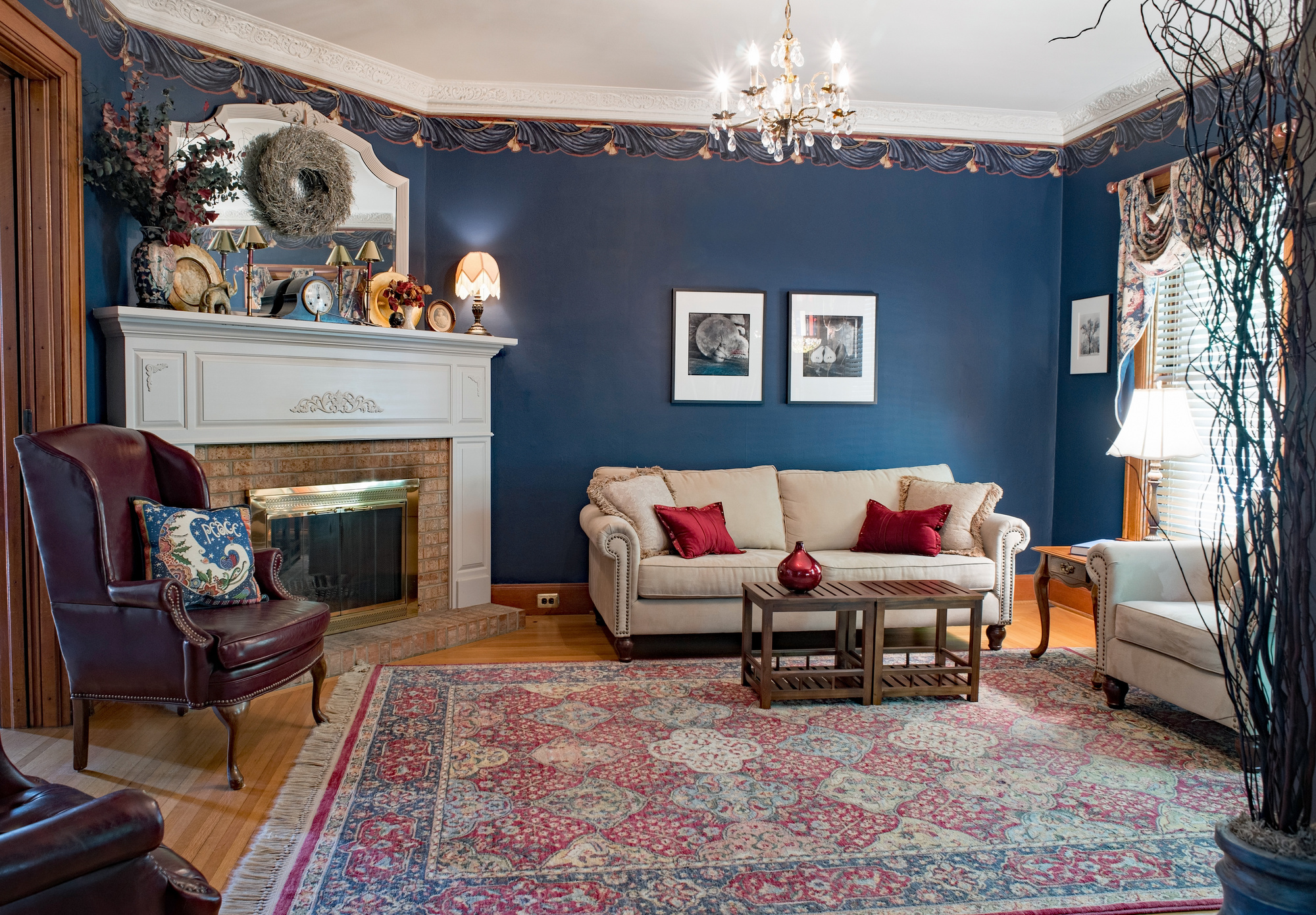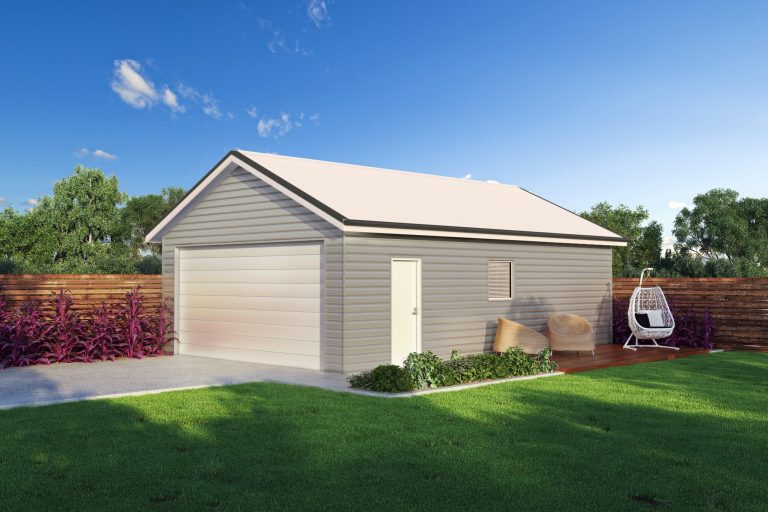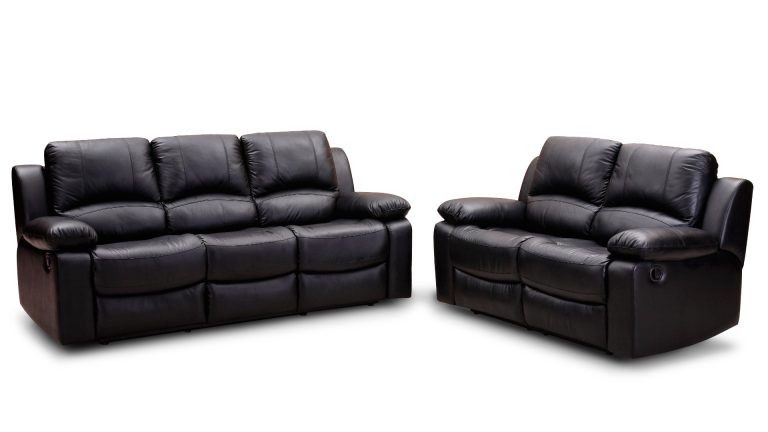How to Make a Rug Work in Your Living Room
Sometimes nothing says cozy home quite like a brand-new rug in your living room. But sometimes, a rug can be a little scary, especially if this is the first one you’ve added to your home.
You might be wondering how to place a rug in a living room. Luckily, this is easier than you might think.
Take these tips and follow them to make your living room the coziest in the neighborhood.
Types of Rugs
The type of rug you choose for your living room can be the deciding factor for how well the rug fits in with the rest of the furnishings. Here are some of the most common types of rugs:
Area Rugs
These are large rugs that cover a portion of the floor in a room. They come in a wide variety of styles, colors, and patterns and can be from a variety of materials.
Oriental Rugs
These are hand-knotted rugs that are typically made from wool or silk. They are famous for their intricate designs and are often considered works of art. We would recommend hiring an oriental rug cleaning service to retain its quality.
Shag Rugs
These rugs have a deep, plush pile that makes them soft and comfortable underfoot. They are often made from synthetic materials like polyester but can also be from natural fibers like wool.
Kilim Rugs
These are flat-woven rugs that are often made from wool, cotton, or silk. They are popular for their bright colors and geometric designs and are popular in bohemian or eclectic spaces.
Dhurrie Rugs
These are flat-woven rugs that are typically made from cotton or wool. They are often reversible and come in a variety of colors and patterns.
Flokati Rugs
These are wool rugs that have a shaggy, fluffy texture. They are often used in modern or minimalist spaces, and can add a cozy feel to a room.
Braided Rugs
These are made by braiding together strips of fabric, often cotton or wool. They are durable and can be for high-traffic areas like entryways or hallways.
Natural Fiber Rugs
These are from natural materials like jute, sisal, or seagrass. They are often neutral in color and can add a natural or organic feel to a room.
Use Rug Size to Complement Your Living Room
When it comes to selecting a rug for your living room, size should be a primary factor. A properly sized rug will help create the perfect design for your space.
To pick the right size rug for your living room, first measure the room, then subtract 1 to 2 feet from each side. This will ensure there is enough space to accommodate seating. Furniture should fit entirely on the rug or at least partially overlap the edges.
Also, don’t be afraid to show a bit of floor for a cozy look. Create a natural traffic pattern with the rug size for your guests to have an easy flow when entering the room. Consider the furniture that will be placed on top of the rug, and opt for something that will offer plenty of warm, inviting space.
Layering Rugs for Functionality and Style
Layering rugs for functionality and style in your living room is a great way to make a statement and tie the different elements of the room together. To begin, measure your space and buy two rugs – one in a bigger size and one in a smaller size.
Place the smaller rug in the middle of the room to anchor the space. The larger rug will provide a backdrop that can define the living room. To layer correctly, make sure the rugs have varying textures or colors.
A contrasting texture will have a bigger impact and make the look more interesting. Add in throw blankets and cushions that match one or both of the rugs, to make the room complimentary.
Pairing Rugs With Furniture for Maximum Impact
When pairing rugs with furniture for maximum impact, the size of the rug and the size of the furniture are important considerations. For a living room, one should try to keep the rug big enough so that when furniture is placed on it, the rug is still visible.
It can be helpful to start with the rug, placing it as the main element, then arranging furniture around it. The placement of the furniture should complement the shape and size of the rug, such as lining up a rectangular-shaped rug and sofa in the same direction. When placing furniture on a rug, one will want to make sure it’s centrally located to keep balance and symmetry.
Additionally, four legs of the furniture should be able to comfortably fit on the rug, otherwise, the rug can’t anchor the furniture correctly. A rug can really help to bring together a room, but if it’s not used correctly it can also distract from the rest of the furnishings. To make a rug work in one’s living room, size, symmetry, balance, and support should all be considered.
Enhancing Your Rug with Artwork and Accessories
When decorating a living room using a rug, you can create a focal point, enhancing it with artwork and accessories can make it stand out even more. Begin by choosing artwork that complements the colors and patterns of the rug, as well as the style of the room.
Hang only artwork that helps enhance the space, making sure not to clutter the walls with too many pieces. Then add smaller accessories such as picture frames, vases, and sculptures for an extra touch.
Finally, place the furniture so that it does not completely encase the rug, instead leaving a portion open so the rug can shine. This will accentuate the rug and make it the centerpiece of the living room.
Learn How to Place a Rug in a Living Room Today
A rug is essential for a well-decorated living room and can add texture, color, and interest to the room. Don’t be afraid to experiment – you’ll ultimately be rewarded with a beautiful and cozy living space.
Now that you know how to place a rug in a living room, buy one today! It’s a worthwhile addition to your home and will last for years to come.
Did you find this article helpful? Check out the rest of our blogs!






